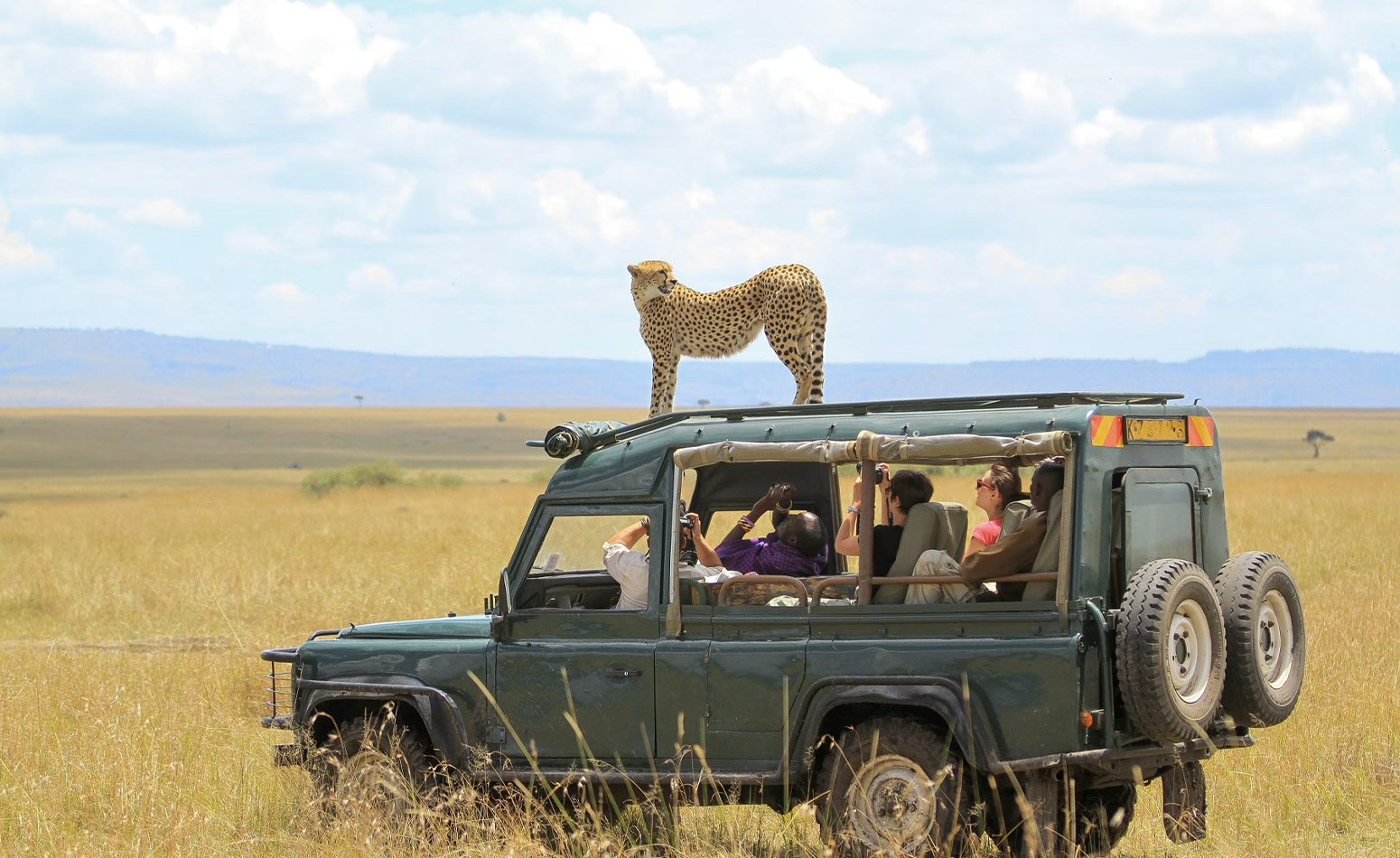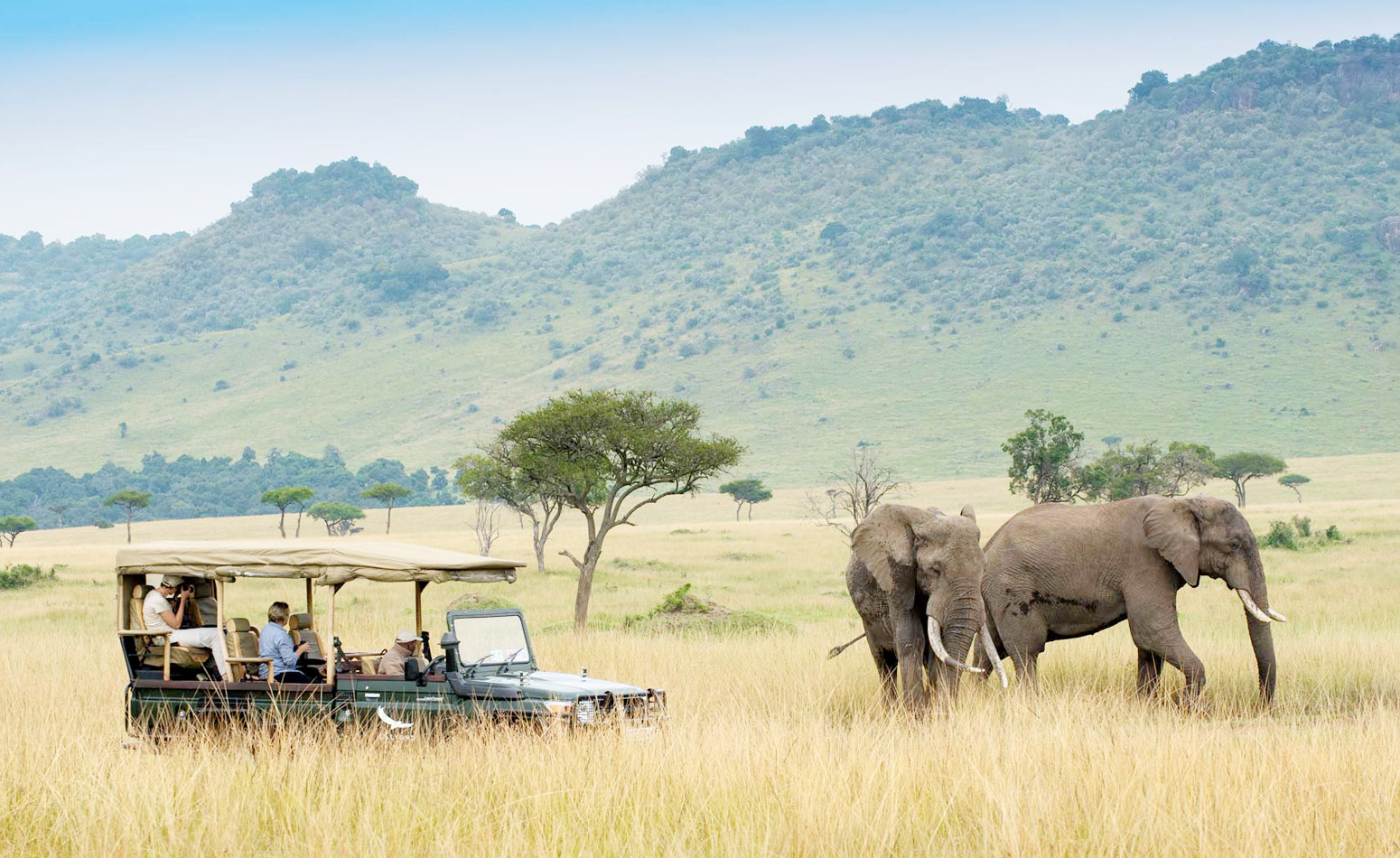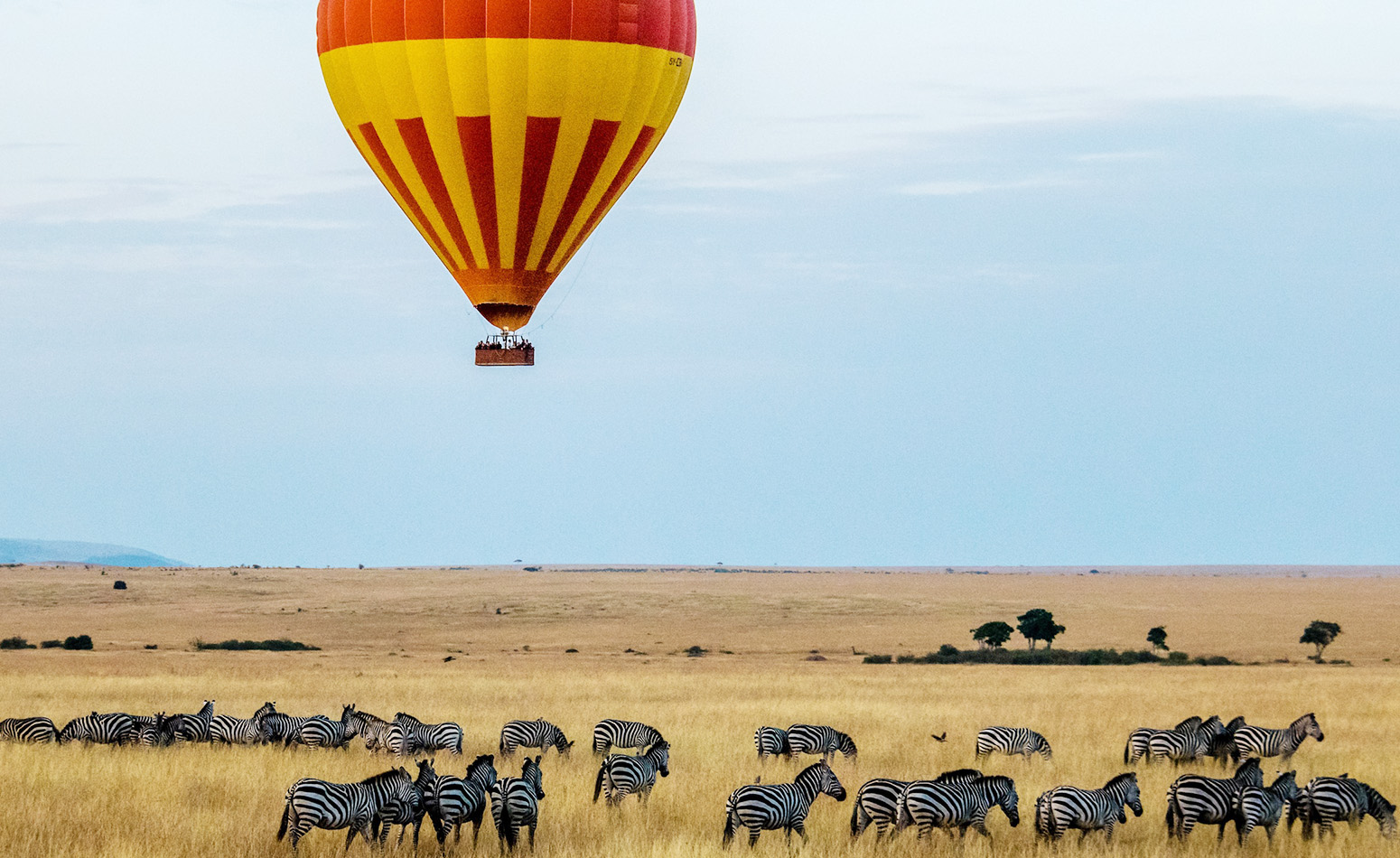Birdwatching in Tanzania
For keen bird watchers a trip to Tanzania is what you would compare for a Christian to holy land, with 1,388 different bird species recorded then include all the migrants from Europe and southern Africa. This bird’s population is supported by wide arrays of different topography and climate. Tanzania is also home to some of the greatest endemic biodiversity in the world. Tanzania offers you an exciting avi-fauna safari
Three nights four days Avian tour
Overview;
This tour will give you an ecstatic avian adventure of different species from Usambara with a mix of endemic birds of Pemba .
Highlights;
• Birdwatching in Usambara
• Endemic birds of Pemba

Day 1: Arusha to Same.
First, we head for the arid Tsavo-corridor woodlands of Same. Nestled in the rain shadow of the Usambaras and Pares, the thornscrub here offers fantastic birding. There is a whole range of species that are found between here and Somalia, the Somali-Masai endemics. These targets include Black-throated Barbet, Purple Grenadier, White-bellied Go-away-bird, Orange-bellied Parrot, Red-fronted Warbler, Rosy-patched Bushshrike, Somali Golden-breasted Bunting, and many others.
Day 2: Mkomazi to Lushoto.
After a morning birding in the thornscrub, searching for whatever eluded us on the previous day, we’ll drive up into the heights of the West Usambara Mountains. The lush landscape of montane forest and agricultural fields here is a radical change of scene from the dry country below.
Day 3: West Usambaras.
The West Usambaras are higher than their eastern counterpart, and also feature more intact forest, though both ranges have been heavily deforested. One of our main targets here is Spot-throat Modulatrix, a weird sort of relict of evolution. Although it is fairly common by voice, it is devilishly difficult to see well. Another major target is Usambara Weaver, endemic to this mountain range, though seeing this bird requires a lot of luck. The mountains also offer good general birding, with extra chances to see birds like Bar-tailed Trogon, which we’ll also be seeking in Arusha NP, on the main tour.
Day 4: Lushoto to East Usambaras.
Transferring from the West to the East Usambaras requires a fairly long drive, back down into the lowlands, along the southern flank of both ranges, then up the eastern slopes of the East Usambaras.
Days 5-6: East Usambaras.
Next on the agenda are the East Usambara Mountains, which are part of an ancient arc of crystalline mountains. These treasure troves are full of endemics and montane species not easily available elsewhere in Africa. Highlights may include a bird that is found nowhere else in the world, the Usambara Akalat. Other rare specialties we’ll search for include Usambara Thrush and Long-billed Tailorbird, a relict species of Asian affinities, which requires much luck to see. The lowland coastal forests in the East Usambaras at the Amani-Sigi reserve support Chestnut-fronted Helmetshrike, Red-tailed Ant-Thrush, and the beautiful Green-headed Oriole.
Day 7: Tanga to Pemba.
Driving down the mountains, we head to the coast, where we’ll catch our ferry to the island of Pemba. Along the way, we’ll certainly be watching for any coastal birds like shorebirds or terns to “pad” our trip list!
Day 8: Pemba Island.
Our final stop is the idyllic and laid-back Pemba Island. One of the Spice Islands, cloves are spread throughout Pemba’s streets. Here we bird Ngezi Forest Reserve looking for the island’s four endemic birds: the dainty Pemba Scops-Owl, Pemba Sunbird, Pemba White-eye, and Pemba Green-Pigeon. There may also be an opportunity for some snorkeling on the nearby Manta Reef.
Day 9: Pemba to Arusha.
We catch a short domestic flight that will bring us back to Arusha, where you will connect with your international flight
A journey of spectacular landscape overlooking the great rift valley with a touch of some sun and sand. From the aromatic coffee in Arusha to eccentric spices of Zanzibar this journey will reawaken all of your senses.
Highlights;
• The Great Rift Valley
• Wildlife safari
• Cultural Experience
• Wildebeest migration during peak season or calving season
• Beach Vacay



Reviews
Leave a Review